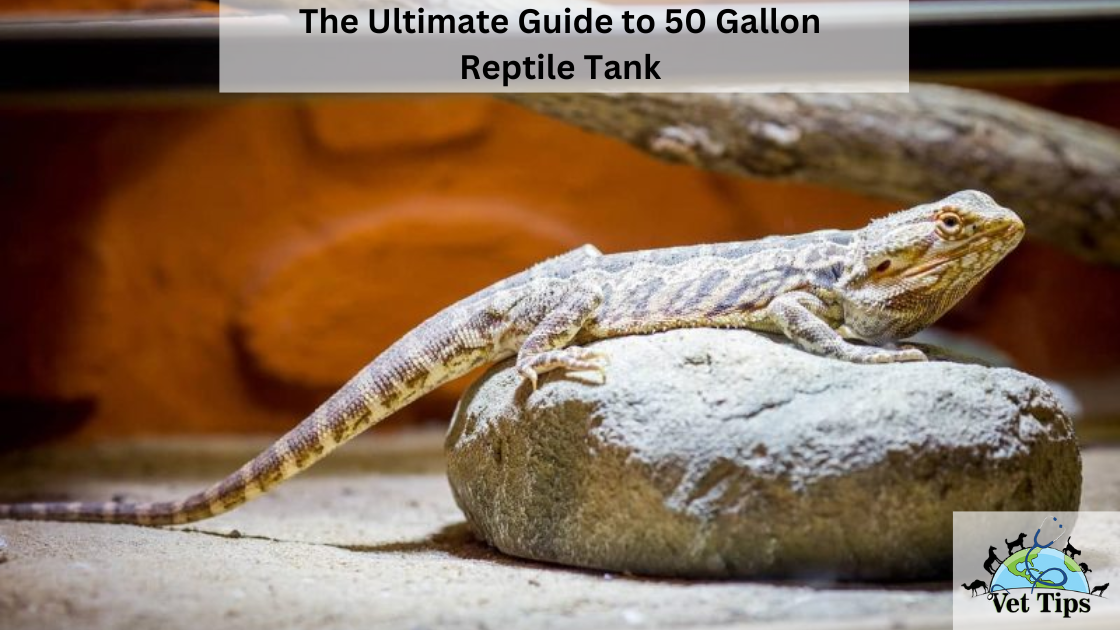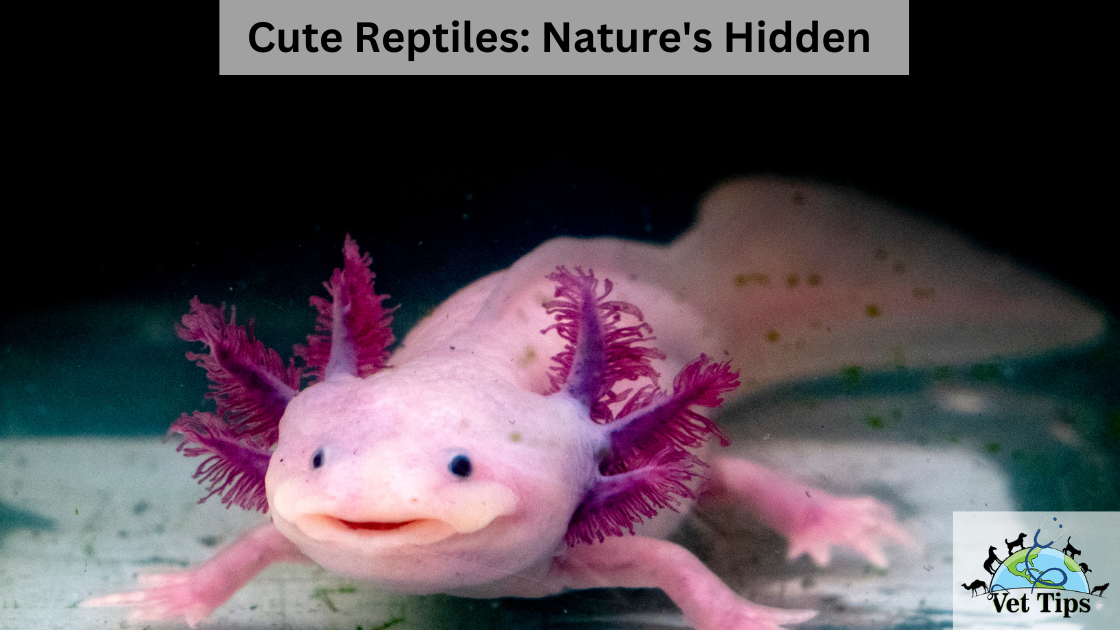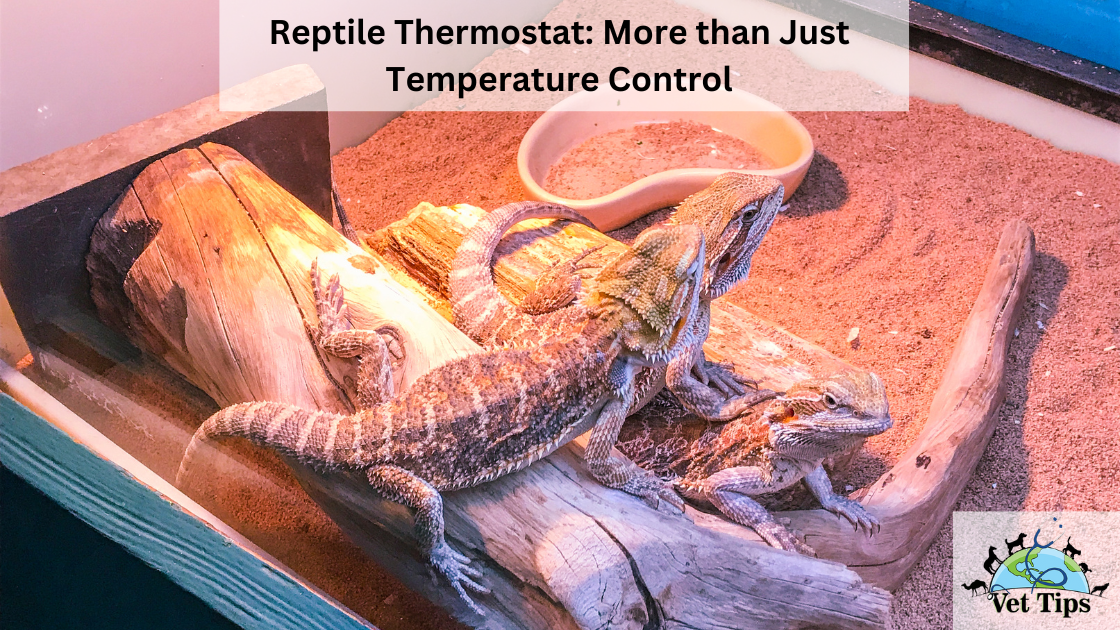The provision of adequate housing for your scaly buddies is of the utmost importance in the domain of caring for reptiles. The idea of providing “reptile hides” for your pet reptile is one of the many important components that should be included in the enclosure that they live in. The importance of these skins, which is often overlooked, cannot be overstated when it comes to maintaining the health and happiness of your reptilian companions as well as their level of comfort.
Understanding Reptile Hides
Reptile hides, also known as shelters or caves, are basically disguised locations within the environment of your pet reptile in which they can take refuge, relax, and feel safe. These hides are available in a wide variety of forms, sizes, and materials to satisfy the many different requirements of reptiles.
An Examination and Comparison of Various Reptile Skins
In order to have a better understanding of the world of reptile hides, let’s undertake a comparative examination of some of the most common choices.
1. Naturalistic Hides
The look of pebbles, logs, or any other component that may be discovered in the natural environment of a reptile is imitated when a naturalistic hide is made. These hides are designed to fit in perfectly with the enclosure, which not only gives a sense of increased safety but also improves the overall visual appeal. Resin and foam are examples of commonly used materials.
2. Half-Log Hides
Half-log hides, which can be crafted from real or synthetic wood, provide a concealment option that is uncomplicated yet effective. They are designed to look like the hollows in trees or logs that reptiles frequently look for when foraging in the wild.
3. Cave Hides
Cave hides are available in a wide range of dimensions and materials, including plastic and resin. They offer a dimly lit environment that is completely contained, which reptiles find to be extremely reassuring. Some cave hides even come with detachable lids, making them much simpler to access and clean.
4. Burrowing Hides
Hides that are shaped like burrows are perfect for animals like reptiles who enjoy digging underground. These hides frequently include a structure that resembles a tunnel, which enables the reptile to excavate and establish its own hiding space within the hide on its own.
Graphs and Tables
In tabular form, the following is a summary of the advantages and disadvantages of the many varieties of reptile hides:
| Type of Reptile Hide | Pros | Cons |
| Naturalistic Hides | – Aesthetic appeal- Blends with habitat- Provides security | – Can be expensive- Difficult to clean |
| Half-Log Hides | – Simple and natural look- Easy to clean | – May not offer complete darkness |
| Cave Hides | – Dark and secure hiding place – Removable lids for access | – Limited aesthetic appeal |
| Burrowing Hides | – Ideal for burrowing reptiles – Encourages natural behavior | – Limited visibility of the reptile |
The Importance of Reptile Hides
Now that we’ve discussed the many kinds of reptile hides as well as the factors to take into account when purchasing one, let’s look into the reasons why these seemingly straightforward accessories are so important.
Security and Stress Reduction
Imagine being exposed all the time and having nowhere to go when things start to become too much for you to handle. Hiding places give them a protected haven from where they can get away from watchful eyes, which in turn lowers their levels of stress and improves their overall well-being.
Temperature Regulation
Reptiles are ectothermic, which means that they maintain their body temperature by drawing heat from the environment around them. The use of hides is essential to the completion of this operation. Reptiles are better able to keep their ideal body temperature since they have access to a regulated microclimate that allows them to either warm up or cool down as the situation requires.
Encouraging Natural Behaviors
Not only are they useful for concealment, but they also inspire natural behaviours in those who use them. Instinctively, many species of reptiles, particularly those that burrow, look for dark, confined areas in which to relax and deposit their eggs. They are able to display these natural behaviours in captivity so long as they are provided with suitable hides.

The DIY Approach
Since we have a better understanding of the value of reptile skins at this point, some of you may be questioning whether or not it is possible to produce hides on your own. Without a doubt! Let’s take a look at a straightforward do-it-yourself method that you may use to make a hide for your scaly pal.
DIY Burrowing Hide
Materials:
- A plastic container with a cover
- A substrate (coconut coir or sphagnum moss)
- An utility knife
- A drill
- Sandpaper
- Sanding paper
- Sanding block
Steps:
- Make preparations for the container: Choose a plastic container that is proportionately sized to the size of your reptile. Create an opening for the container by drilling a hole in one of the container’s sides.
- Sandpaper the Edges: In order to avoid your reptile from being injured, you should use sandpaper to smooth the edges of the entry hole.
- Add Substrate Fill the container with the substrate of your choice and make sure it has an appropriate amount of moisture for digging.
- Place the Lid on the Container Put the lid on the container to create a chamber that is dark and contained.
- Position in Enclosure: Place the homemade hide within the enclosure for your reptile, ensuring sure it is in a readily accessible location.
FAQs about Reptile Hides
Why do reptiles require hides in their enclosures?
There are various reasons why reptiles require hides. Your reptile will have a safe haven to retreat to if they are feeling anxious or frightened thanks to the hides you offer for them. Hides create a stress-free environment. The second advantage of using a hide is that it provides a sense of security and cosiness by imitating the natural shelters that reptiles seek out in the wild.
How can I determine which size of hide will be appropriate for my reptile?
It is essential to select a hide of the appropriate size. Your reptile should be able to enter and exit the hide without difficulty. The hide should be just big enough. It should be a comfortable squeeze without being overly constricting.
Do reptiles that prefer high levels of humidity require any special care or attention?
Hides that are able to retain moisture are ideal for some types of snakes, geckos, and other reptiles that need a certain level of humidity to survive. You may do this by employing skins constructed from materials such as resin or by inserting moist moss into the hide.
Can I Provide My Reptile With More Than One Hide?
Yes, it is frequently advisable to give numerous hides inside an enclosure, particularly if you have more than one reptile or if your reptile likes distinct temperature zones. If you have more than one reptile, it is also recommended that you provide separate temperature zones. Because there are so many hides, each reptile is able to have its own personal place, as well as its own temperature.
How frequently should I replace and clean the skins of my reptiles?
It is absolutely necessary to clean the skins of reptiles in order to keep the environment clean. Hides should be removed and cleaned on a regular basis, most commonly in conjunction with cage cleanings. If any of the skins exhibit indications of wear and tear or if they get so dirty that they cannot be cleaned, replace them.
Can I improve the attraction of the reptile skin that I use for my pet?
Without a doubt! You may increase the allure of a hide for your reptile by placing some of their preferred substrate or bedding material inside of it. This will make it more cosy and warm, which is exactly what we want. In order to further stimulate scavenging and discovery within the hide, you might also sometimes conceal snacks or insects within it.
Tell us in the comments, how you like our article “The World of Reptile Hides: A Comprehensive Guide”
For similar posts like this, click here.
For the source file, click here.




